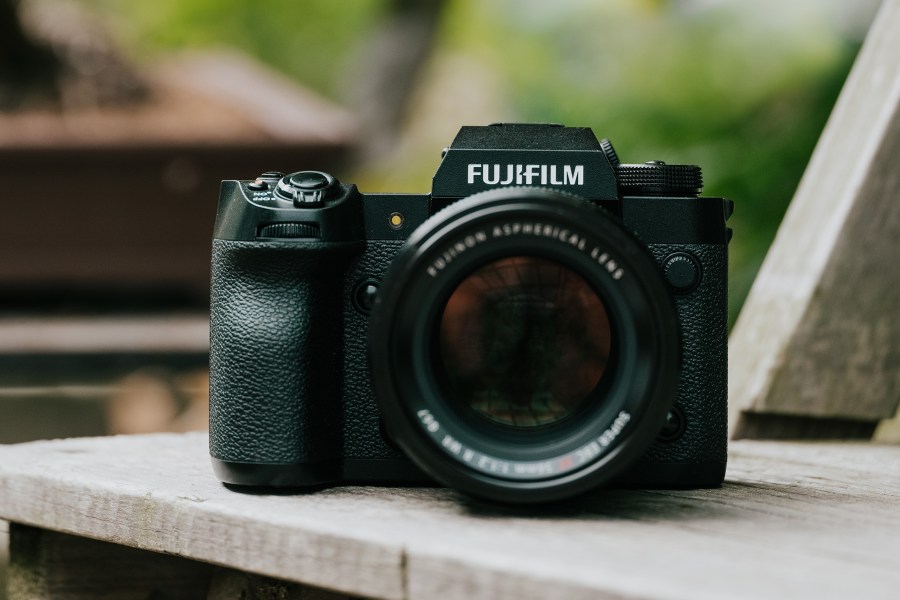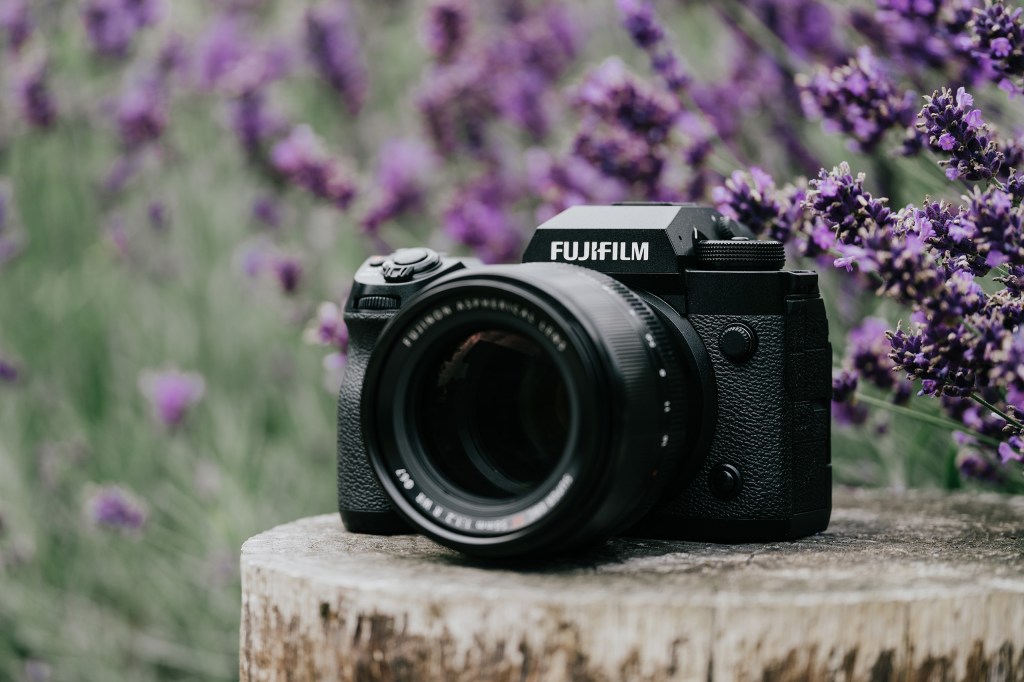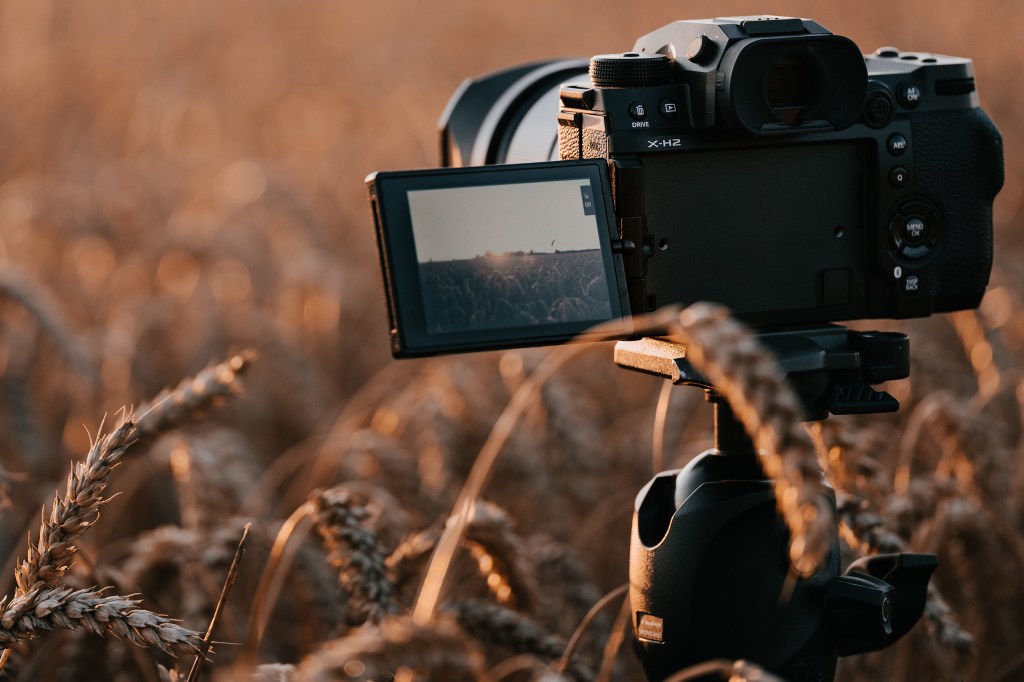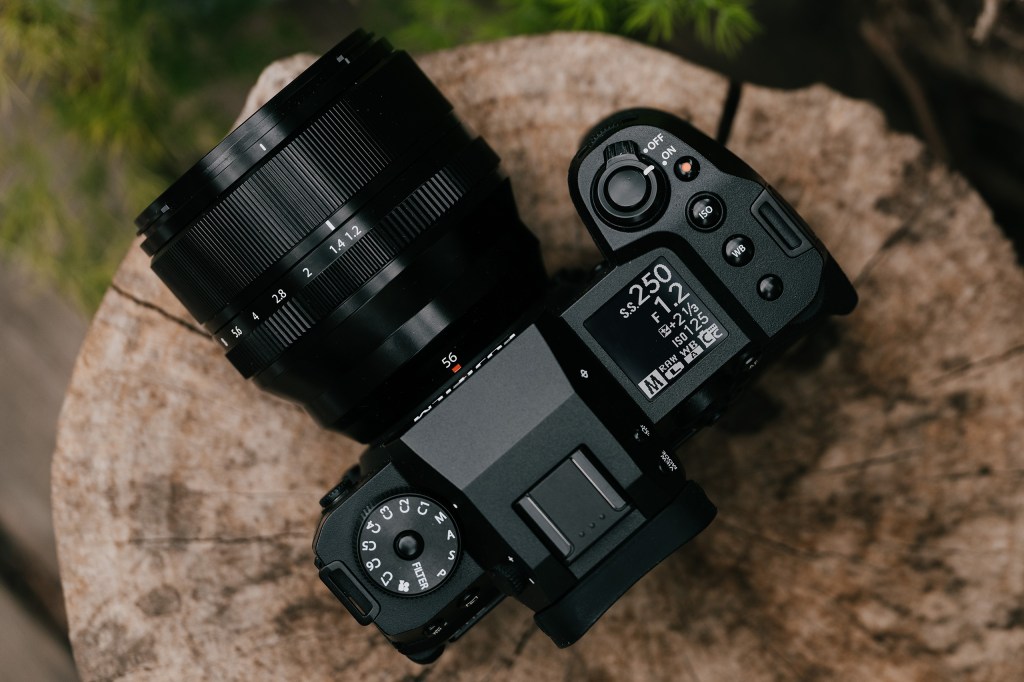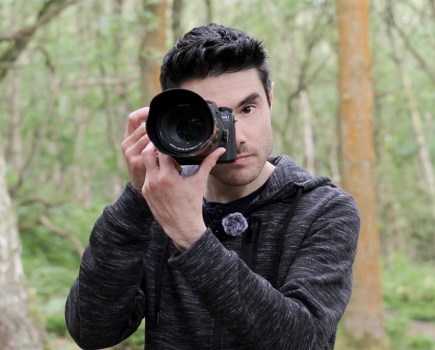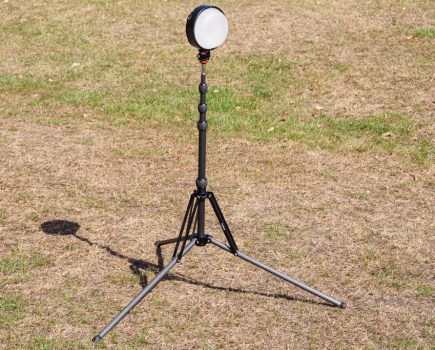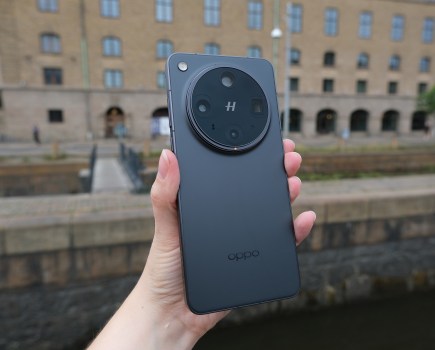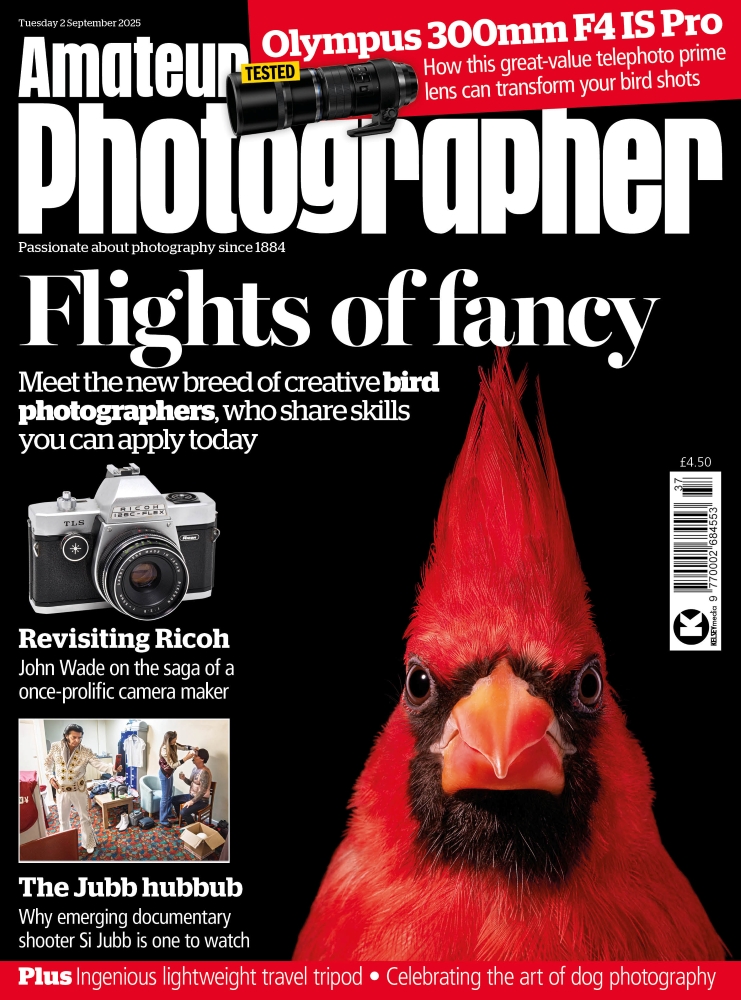As a Professional photographer, I specialise in Media, PR, Marketing and Editorial photography. I can often find myself having to undertake a wide range of demanding photographic assignments. Therefore, having a camera that can handle a variety of subjects, that I feel confident in while using, and that is totally reliable, is absolutely paramount. It also needs to be capable of producing high-resolution images of supreme quality and clarity that really pop, and that’s where Fujifilm cameras come into play, specifically the X-H2.
At a glance
- $2,299 / £1,899 body-only
- $2,799 / £2,200 with 16-80mm f/4 lens
- 40MP APS-C BSI X-Trans CMOS sensor
- ISO 125-12,800 (standard)
- 15fps shooting (20fps with 1.29x crop)
- 8K 30P video recording
- 5.76m-dot OLED EVF
- 3in, 1.62m-dot vari-angle LCD
My commissions can cover everything from fast moving action, such as motorsport, to a simple portrait of a CEO or a celebrity and everything in between. This equates to anything, anywhere at any time, day or night!
In the corporate arena, I specialise in creating inspiring images for businesses to use in their marketing and public relations campaigns. This can include capturing professional headshots, team portraits and covering media launches. This type of photography helps a company build a strong visual brand presence in producing images for their website, printed materials and social media.
My back story with Fujifilm Cameras began when they launched their first X100 series camera back in February 2011. In fact, I have owned every model of the camera ever since, including the TikTok sensation, the now legendary Fujifilm X100V, which might just be the most successful camera ever made, thanks to the power of social media – right up to the current Fujifilm X100VI.

Just like every other photographer, no matter what their brand allegiance, I was sold from the outset with the camera’s beautiful retro design, great image quality, film simulation modes, and hybrid viewfinder – all key features of the X100’s success. In fact, when I acquired my first one, I didn’t know whether to use it or frame it, because it looked so beautiful. I think it’s fair to say that no other brand makes people fall in love with photography like Fujifilm. A lot of today’s modern cameras are functional, but you couldn’t exactly call them beautiful. All a bit bland in my opinion. Fujifilm cameras inspire you take photographs.
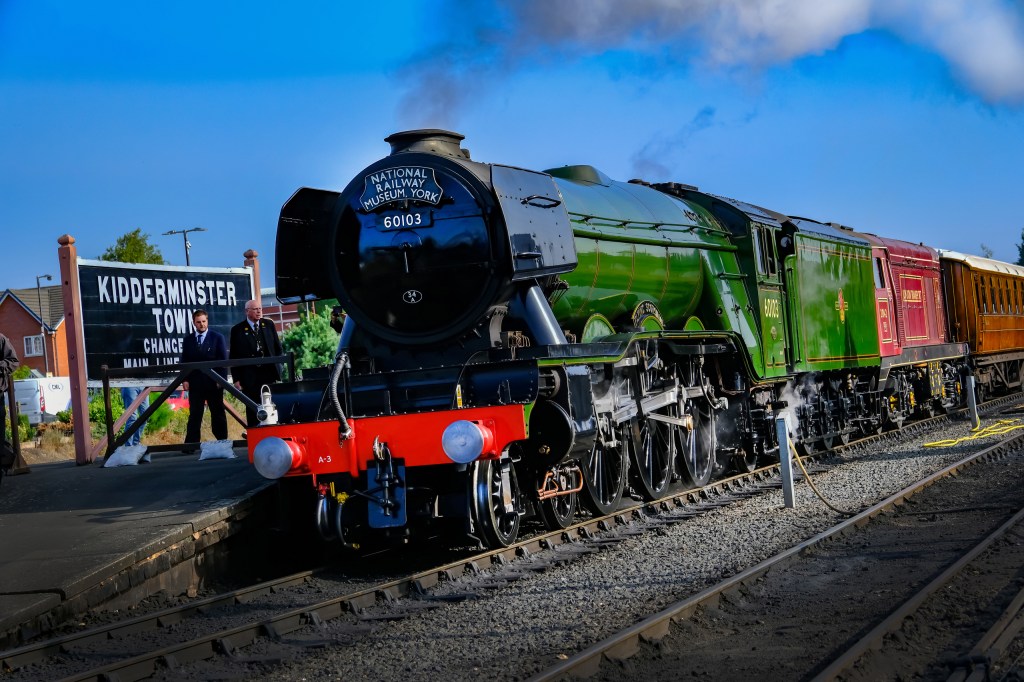
During lockdown, I had a rethink of my photography career. I had been offering clients a video production service, which was very successful, maybe even too successful. I was starting to feel a bit overwhelmed when offering this service alongside my photography. It was time for a new start.
Fujifilm X-H2 – A fresh start
As part of this fresh approach, I decided I would use a new camera system. Choosing Fujifilm as my new camera brand of choice, was an easy decision to make, based on my experience with the X100. I absolutely loved the classic retro looks of the X100 so at the time, choosing the Fujifilm X-T4 seemed like a great idea.
After researching the X-T4, it was to become my new workhorse. When the X-T4 was due to be updated with the Fujifilm X-T5, I was told by a Fujifilm representative at a trade photo show to wait before making my upgrade decision, because there was a new camera on the horizon that was going to be launched imminently, and which better suited my needs. So I waited, and this is when the X-H2 came into my life.

Now, quite honestly, I wouldn’t be without it. I absolutely love it and my clients are very impressed and complimentary about the quality of images it produces, especially when shot in the Velvia film simulation mode. More on this later.
Having said all this, I must report, I recently had a client who was less than impressed with my aforementioned X-H2. What could she possibly mean, I hear you ask. Well, in a nutshell, she said it was not kind to her “fine lines” with all those megapixels, and she thought it made her crow’s feet seem like they were in 3D. Her words, not mine! At this point, I thought it was probably best not to mention, I could maybe take a look in Photoshop!
So, in essence, I needed a camera that produces high-quality images across a range of diverse and demanding subjects. This is where my beloved Fujifilm X-H2 comes in. For me, personally, it ticks all the right boxes as a high-end, hybrid photo/video APS-C format camera. It delivers on all levels, from ease of use and balance, to handling everything I throw at it. I trust it 100 per cent to deliver all the time! For all those of you who maybe be a wary about switching from a DSLR system to an APS-C format camera, please read on.

After comparing the specs of both the X-H2 and Fujifilm X-H2s, I decided to plump for the Fujifilm X-H2. Although the X-H2s is aimed and marketed at photographers and videographers who cover a wide range of action subjects, such as motorsport and wildlife, my research showed that the X-H2 was more than capable of fulfilling my needs on every level, including capturing fast-moving action with its 40MP APS-C sensor and 15fps bursts. And now, I can safely say after many hours of hands-on experience, I’m most certainly qualified to confirm the X-H2 lives up to its credentials, and it does this with extreme ease and competence.
Interestingly, I recently had a conversation with a photographer at an event I was covering, who said he had both the X-H2s and X-H2, and he hadn’t noted any great difference with focus accuracy when photographing action with either of the cameras. I asked him why he had the two different bodies, and he said it was because he needed to shoot video and that he found that the X-H2s best suited his needs. Its stacked sensor enabled him capture video with much faster data readout speeds, allowing for reduced rolling shutter distortion, which is crucial when panning or filming moving subjects. As I no longer shoot video, this was not a feature I needed. But I was aware the X-H2s was capable of this through my pre-purchase research.

The jury is out on that one, then. Suffice for me to say that from my own personal experience of using the camera, I haven’t had any major issues with focusing on fast moving subjects, especially with the Zone AF mode selected (the Zone AF mode uses a cluster of focus points within a defined area of the frame to track moving subjects, which is fully adjustable to suit your needs). Although I don’t personally use them, it is worth pointing out here that there are various AF-C custom settings onboard X-H2 within the menu settings. These settings offer advanced customisation with preset options for different types of moving subjects. They’re there if you need them, but I like to keep it simple, and trust my own judgment.
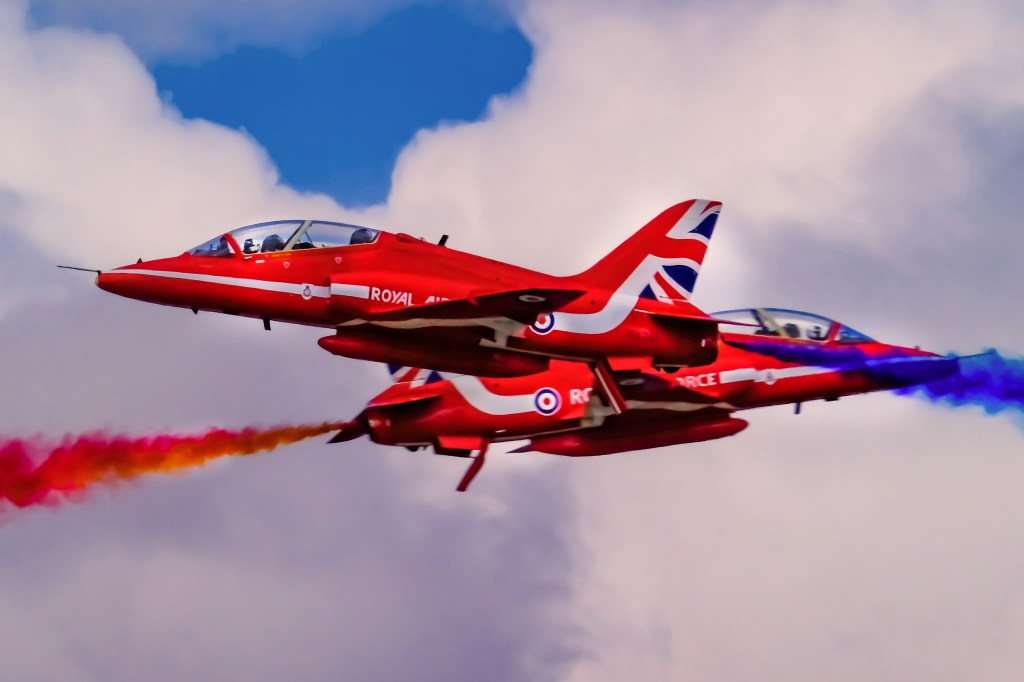
On a recent assignment which included photographing the Red Arrows, the shot (above) illustrates the phenomenal focusing power of the X-H2. The shot shows the Red Arrows synchro pair which refers to Reds 6 and 7, where the two pilots and aircraft perform a high-speed passing maneuver during the display. The speed at which the two aircraft approach each other and cross is called the closing speed, which is in excess of 700 mph. The zone focusing mode was used to assist in taking this image. If there was ever a shot needed to prove the remarkable focusing abilities of the X-H2, then this may be it!
Fujifilm X-H2 – Looking the part
Looking the part in today’s day and age for a professional is more important than ever. Why? Because today, everyone is a photographer. I don’t have a problem with this; I think it’s great that people love taking pictures, whether as a Pro or as an amateur. But as a Pro, you need to stand out from the crowd in a sea of smartphones and video camera gimbals. It’s what clients expect in a corporate environment.
I have been very fortunate to have worked with many major brands. Having the right kit that looks the part is important, as well as maintaining an air of competence and dressing smartly to suit the occasion, is a given. The way I see it, I am representing myself to my clients, and I’m representing my clients’ brand when I’m out on assignment for them. It’s something I’ve always been aware of from when I very first started. The image you portray as a professional is as important as the final photographic image you deliver to your clients.
With this in mind, I recently had a conversation with a fellow Pro-snapper about the small form factor of APS-C cameras in general, and as to whether they made you stand out as a professional while on public duty, with such a small body hung around your neck. Firstly, I have no issues with the size of the Fujifilm X-H2.
Cameras such as the Fujifilm X-T5 by comparison, are quite small in stature when compared with X-H2. They were designed to be small and compact for certain photography genres and styles such as travel photography. It’s nice to travel light. That’s part of their appeal. So maybe people might do double take if you use say, an X-T5 in a professional environment such as a concert.
The X-H2 is not particularly small with an extension vertical grip and a pro lens attached, together with a Fujifilm EF-X500 TTL Flash with the Fujifilm EF-BP1 Battery Pack for EF-X500. It definitely looks the part, and I feel professional when using it. And for those of us who have carried around a shedload of DSLR equipment, carrying APS-C kit is more than a bit of welcome relief.
A little story to illustrate this point. Recently, I was one of the official photographers on a certain Flying Scotsman, when someone asked us if we had seen the cameraman from the BBC. Yes, I replied, he’s over there. The reason they had asked was because the “cameraperson” in question was using a DSLR on a rig with a Matte Box and various other things bolted to it. It’s my guess that it wasn’t what the person was expecting a BBC cameraperson to look like. I sort-of understood why they asked, even though most video journalists today do use DSLR or run-and-gun video cameras that are also quite small. It is stereotypical for someone to expect them to carry a rather large camcorder. I think this illustrates my point.
Should any of this matter? Probably not. I don’t have a definitive answer on whether size matters after our conversation. But I think it’s fair to say, we both agreed you need to look and act the part. A camera is just part of it. And my X-H2 certainly looks the part. This conversation was not geared about one-upmanship, or a feeling of superiority. On the contrary, it was just simply about looking the part in the changing world of photography today. That’s a story for another day.
Everyday use with the X-H2
In my opinion, the Fujifilm X-H2 is a camera with good specifications for professional photographers to use every day. With its 40.2MP X-Trans CMOS 5 HR sensor, and advanced subject detection autofocus, it really is a star player. As with all Fujifilm cameras, it boasts a rugged, robust, high build-quality body which is weather-sealed. Couple this with its traditional-style ergonomics, and it makes for a well-balanced and comfortable camera to use as an all-day workhorse for any aspiring Pro. I have found it to be a very reliable and confident performer across all the types of assignments that I am asked to cover. It’s a given that you only use a camera that you have total confidence in.
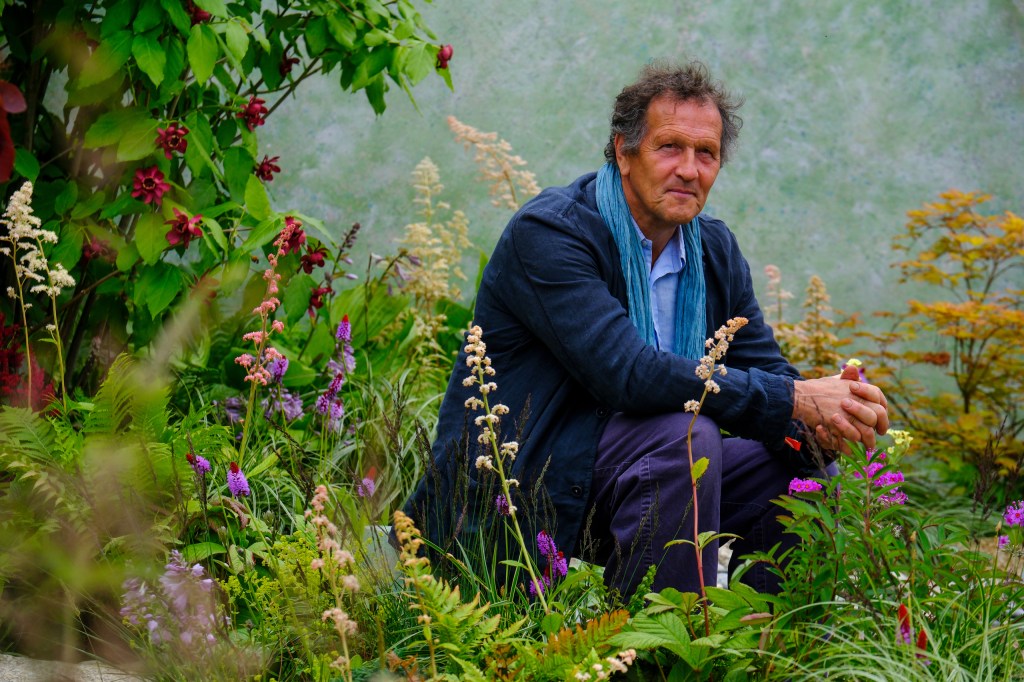
The assignments I undertake can really test a camera. I have to say, I’m really chuffed that I can capture images of fast-moving action with a 40.2MP sensor camera. It’s also great for scaling up images to adjust the framing if required, and of course, you get incredible quality to boot.
As photographers, I think we have all been guilty of buying too much kit that we don’t use regularly. I mention this because some of you might wonder why I don’t have an X-H2s for action photography. Well, of course, I could, but it wouldn’t be used on a regular basis, so for me, that would be a bad investment.
If you are a sports photographer, you would naturally probably choose the X-H2s over the X-H2 if you did the maths. Fujifilm would quite simply not manufacture a camera if it had not got a clearly defined purpose. So it really is a case of horses for courses.

With this in mind, you will no doubt be wondering what I use as my second body. Well, I’m proud to tell you it’s my Fujifilm X-T5. I’m not going to call this camera a backup, because it’s a tool I use alongside my X-H2 depending on the assignment at hand. While my X100VI is another resource I have at my disposal. They all have a purpose in my camera bag, and they all deliver the goods with their 40.2MP X-Trans CMOS 5 HR sensor technology on board, so are all confident performers in professional environments.
Fujifilm’s renowned film simulations
I think it’s fair to say that everyone who loves Fujifilm cameras is obsessed and infatuated with their film simulations. Fujifilm is renowned for its film simulations, which are essentially in-camera processing modes that replicate the unique colour, tone, and sharpness characteristics of Fujifilm’s famous analogue film stocks of yesteryear. These simulations offer photographers a way to achieve distinct looks with their JPEG or HEIF files directly out of the camera.
These popular film stock simulations include Provia (standard, versatile), Classic Chrome (muted, cooler tones), Classic Negative (contrasty, muted shadows, inspired by negative film), and Eterna (cinematic, low contrast, and muted colours). My personal favourite is the Velvia Film Simulation for its boost in colour saturation and contrast that’s great for landscape and nature photography. And its’ also great for my editorial assignments.
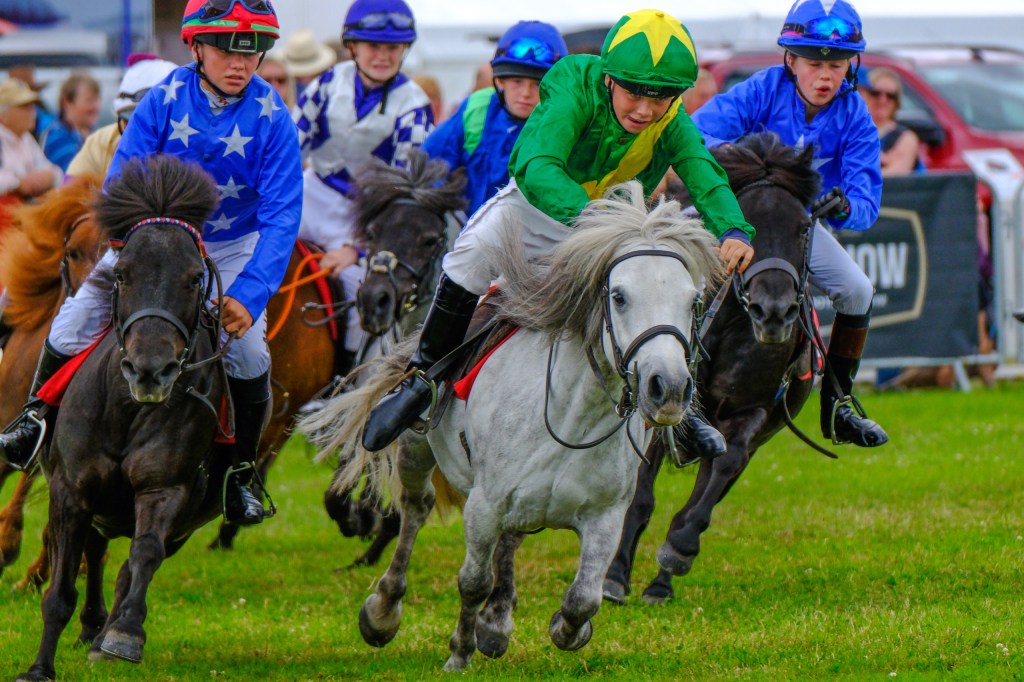
I’m sure that everyone who uses them are totally blown away by their quality. To think you only have to dial them in through the camera’s menu system and then you have an array for creative film stocks at your disposal – for me, that’s reason enough for anyone to invest in the Fujifilm system. And on top of this, if that wasn’t enough, you can even create you own unique Film Simulation Recipes for even more personalised results. What’s not to like?
Core strengths for pro use
- Exceptional image quality: With its 40.2-megapixel X-Trans 5 HR sensor, the X-H2 delivers stunningly sharp and detailed images, especially in good light. This high resolution offers excellent post-production flexibility, allowing for aggressive cropping while retaining quality for large prints.
- Built for demanding environments: The robust, weather-sealed magnesium alloy body is designed to withstand daily professional use and challenging conditions, including moisture and extreme temperatures. Its large, ergonomic grip provides comfortable handling, even with heavier lenses.
- Outstanding stabilisation: The in-body image stabilisation (IBIS) system offers up to seven stops of compensation, enabling sharp hand-held shots in low light and at slower shutter speeds.
- Versatile and reliable autofocus: The deep-learning-based subject detection autofocus system tracks a wide range of subjects, including humans, animals, and vehicles. While the X-H2S has faster tracking for high-speed action, the X-H2’s AF is highly dependable for static subjects and predictable movement.
- Excellent file flexibility: Professionals can take advantage of the 14-bit RAW files for extensive editing latitude. The Pixel Shift Multi-Shot mode can produce an ultra-high resolution 160MP image, which is invaluable for archival or large-scale commercial work.
Fujifilm X-H2 – Conclusion
The Fujifilm X-H2 is a highly capable and versatile camera for professional photographers, particularly those prioritising high resolution and image quality for subjects like landscapes, portraits, fine art, editorial and commercial work. While its twin, the X-H2s, is better suited for high-speed action (or is it?), the X-H2’s balance of features makes it a reliable professional-grade camera for anyone looking enter the APS-C arena.
It’s really easy for me to wax lyrical about the Fujifilm X-H2 camera, after all I’ve said. Firstly, it is very good value for money when compared to many other cameras on the market.

Anyone who has any doubts about the capabilities of APS-C cameras not being real the deal, should maybe, take a look at this camera. With its 40.2MP X-Trans CMOS 5 HR sensor and film archive built into every camera as film simulations, you can’t really go wrong.
If you do take the trouble to compare the Fujifilm X-H2 camera to many of the other leading camera brands, it’s not hard to come away with the conclusion that you can save yourself a fortune with a camera that easily takes pole position amongst its rivals in many ways. Fujifilm also looks after its Pro photographers with its professional services membership.
Ultimately, your camera of choice is a personal preference, influenced by your personal budget, desired features, portability, comfort, and your specific photography needs, rather than a universal standard camera or brand that is the best overall. Factors like ergonomics (how a camera feels in your hands), a strong emotional connection to the camera or brand (Fujifilm fans certainly have that in spades) and as to whether you prioritise a tactile shooting experience or efficiency are crucial in determining the right camera for you as an individual.
I’m really glad I made the Fujifilm X-H2 my camera of choice! It will be really interesting what Fujifilm does when it’s time to upgrade this camera. I guess we’ll just have to wait and see, maybe they could get it to make you a cup of tea!
Ian’s equipment list
- Fujifilm X-H2 Body
- Fujifilm X-T5 Body
- Fujifilm X100VI
- Fujifilm EF-X500 TTL Flash x3
- Fujifilm EF-BP1 EF-X500 Battery Pack
- Fujinon XF16-55mm F2.8 R LM WR II (24-84mm in the 35mm format)
- Fujinon XF8-16mm F2.8 R LM WR wide-angle zoom lens (12-24mm in the 35mm format)
- Fujinon XF50-140mm F2.8 R LM OIS WR (76-213mm in the 35mm format)
- Fujinon XF100-400mmF4.5-5.6 R LM OIS WR (152-609mm in the 35mm format)
- XF1.4X TC WR and XF2X TC WR teleconverters
Words and pictures by Ian Tennant

